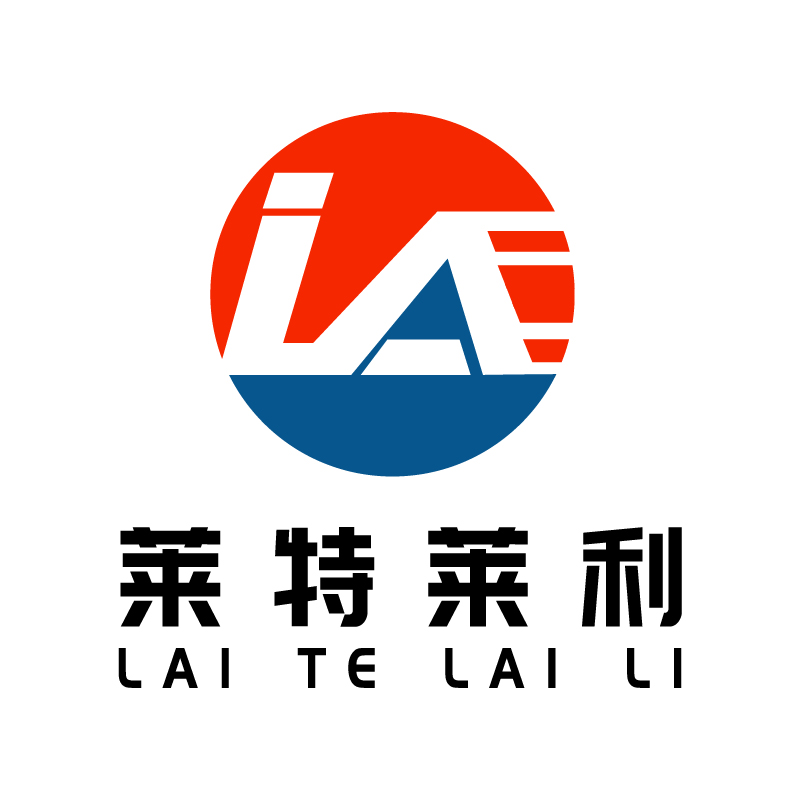How to optimize and enhance the supply chain management of the mixed carbon belt industry?
Optimizing and enhancing the supply chain management of the mixed base carbon belt industry is a complex but crucial process, which involves the coordination and integration of multiple links. Here are some key strategies and approaches to help companies improve the efficiency and effectiveness of supply chain management:
1. Clear supply chain management objectives
First of all, enterprises need to clarify the objectives of supply chain management, including reducing costs, improving efficiency, optimizing inventory, and improving customer satisfaction. These objectives will guide subsequent strategy development and implementation.
2. Integrate supply chain information
Establish a unified information platform: through the introduction of advanced information technology, such as ERP (Enterprise resource planning) system, to achieve real-time information sharing and update of all links of the supply chain. This helps to improve the transparency and synergy of the supply chain, ensuring the accuracy and timeliness of information.
Use big data and artificial intelligence technology: Analyze massive data, predict market demand and supply chain trends, and provide strong support for decision-making. For example, by analyzing historical sales data, it is possible to predict future demand and thus adjust production plans in advance.
3. Optimize the order processing process
Simplify order processing steps: reduce unnecessary links and procedures, improve order processing speed and reduce error rate. At the same time, ensure the accuracy and timeliness of order information in order to quickly respond to customer needs.
Use automated tools: Introduce automated order processing systems to reduce manual intervention and improve work efficiency. These systems can automatically match orders, allocate inventory, generate shipping notifications, and more.
4. Improve logistics efficiency
Choose the right mode of transportation and route: according to the nature of the goods, quantity, destination and other factors, choose the most appropriate mode of transportation and route to reduce transportation costs and time. At the same time, consider the use of multimodal transport and other ways to improve transport efficiency.
Enhanced Warehouse management: Adopt an advanced warehouse management system (WMS) to improve the efficiency of warehouse operations, reduce errors, and improve inventory visibility. Monitor inventory levels and changes in real time, periodically review key indicators and adjust inventory levels.
Optimize shipping routes and patterns: Optimize shipping routes and patterns through data analysis to reduce shipping costs and delivery times. For example, real-time tracking technology is used to monitor the transportation process of goods to ensure that goods arrive on time.
5. Strengthen quality control
Establish a strict quality inspection system: strict quality inspection of raw materials, semi-finished products and finished products to ensure that the quality of products and services meet customer requirements. At the same time, strengthen the quality management of suppliers and improve the overall quality level of the supply chain.
Implement continuous improvement strategy: Regularly evaluate the effectiveness of supply chain management, identify existing problems and bottlenecks, and formulate corresponding improvement measures. Continuously improve the level and efficiency of supply chain management through continuous improvement.
6. Diversified supplier management
Establish stable supplier relations: Establish long-term and stable cooperative relations with quality suppliers to ensure the stability and reliability of the supply chain. At the same time, implement supplier evaluation and incentive mechanism to promote suppliers to continuously improve product quality and service level.
Diversified supplier selection: Instead of relying on a single supplier, consider establishing multiple supply sources. This helps reduce supply risk and ensures quick adjustment when a problem occurs in one part of the supply chain.
7. Focus on sustainable development
Promoting green supply chain: With the increasing severity of global environmental issues, enterprises should also pay attention to sustainable development when optimizing supply chain management. Actively adopt an environmentally friendly and low-carbon supply chain management model, and promote the implementation of green procurement, green logistics and other environmental protection measures.
Strengthen social responsibility: Enterprises should strengthen their sense of social responsibility in the process of supply chain management and comply with relevant laws and regulations and ethical standards. Enhance the social image and reputation of enterprises through fair trade and labor rights protection.
To sum up, optimizing and enhancing the supply chain management of the mixed carbon belt industry needs to start from multiple aspects, including clarifying objectives, integrating information, optimizing processes, improving efficiency, strengthening quality, diversified supplier management, and focusing on sustainable development. Through the comprehensive use of these strategies and methods, enterprises can continuously improve the level and efficiency of supply chain management, so as to stand out in the fierce market competition.



